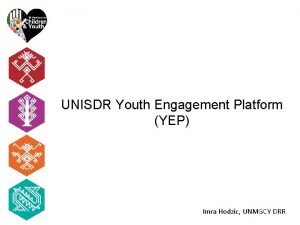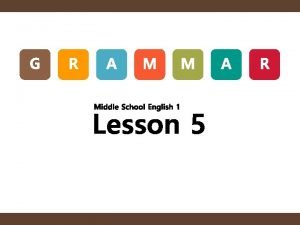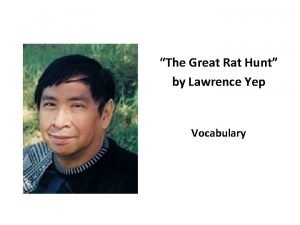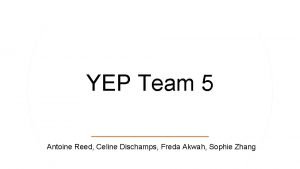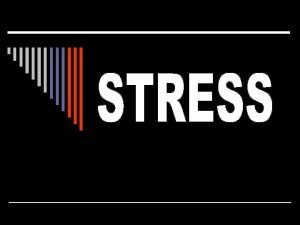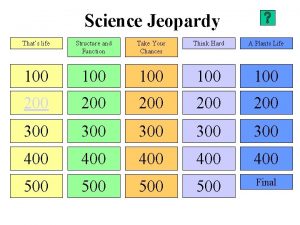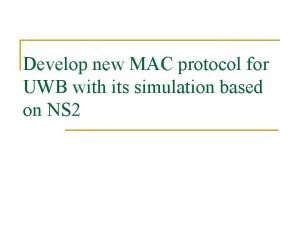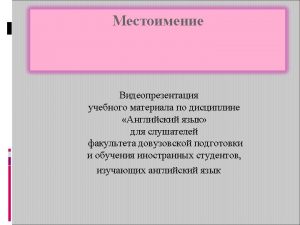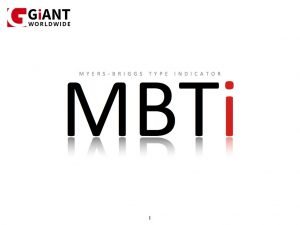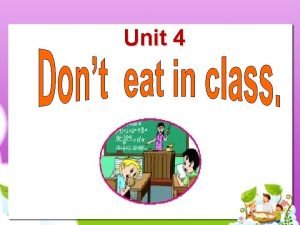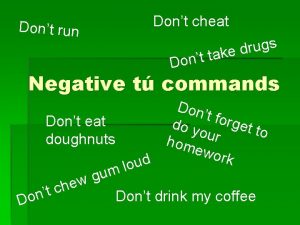Dont SOIL yourself Some Soil Yep thats some





















- Slides: 21

Don’t SOIL yourself…

Some Soil

Yep, that’s some more soil

Soil Creation • Soil is the top layer of the earth’s crust that has been physically and chemically weathered into small particles

Soil-forming processes • Decaying vegetation in humus – Organic matter is broken down to form a dark, sticky, partly decomposed layer at the soil surface. – Soil high in humus are generally very fertile and ideal for agriculture

Soil-forming processes • Leaching – As water infiltrates the soil, it carries dissolved minerals deep into the weathered particles. – In areas with a great deal of rainfall, leaching is excessive and valuable minerals are lost in the soil.

Soil-forming processes • Capillary Action – Occurs in dry desert and grassland areas where the surface is so dry, that water is transferred from deep in the ground to the surface

Soil-forming processes • Translocation – The movement of solid material from one place to another by moving water.

: - Formation of Soil Profiles • physical and chemical weathering from parent material • -broken material and organic matter (vegetation) • -profiles are soil layers developed in different climates • -horizons are the layers that form due to water and vegetation presence


TOPSOIL, upper or A horizon SUBSOIL, middle or B horizon PARENT MATERIAL, lower or C horizon

Horizons: A horizon: is the topsoil layer -darker it is, the more humus -lots of humus is healthy, fertile soil B horizon: it the subsoil -brown or red in colour(Fe) -more clay than A horizon -lose fertility quickly C horizon: partially weathered rock -rocky and fractured Bedrock: parent material

1. Chernozem 2. Podzol 3. Laterite 4. Sierozem 5. Tundra

Chernozem Soils -prairie grasslands -thick-humus filled topsoil -leaching is not a problem -capillary action brings nutrients to surface -small animals burrow to keep warm and mix soil

Podzol

Podzol Soils -formed in coniferous forests -humid continental with cold winters, warm summers -heavily leached and acidic -thin humus layer of evergreen needles -not very fertile

Laterite: -hot, tropical climate, deeply leached, heavy rainfalls, ironoxide concentrations, most infertile soils in the world (nutrients are in the

Sierozem Soils -desert soils (dry) -limited vegetation, low organic content -poorly defined because of lack of water -could be fertile if irrigated because capillary action brings nutrients to surface

Tundra Soil, peeled back to show layer

Tundra Soils: -permafrost below surface -not well defined profile -vegetation cover is limited because of climate -partially decomposed peat layer is slow to develop because of climate

Key Soil Profiles
 Dont ask dont tell political cartoon
Dont ask dont tell political cartoon Don't laugh at me allen shamblin
Don't laugh at me allen shamblin Yep10
Yep10 Yep 10
Yep 10 Yep, she is who you think
Yep, she is who you think The great rat hunt
The great rat hunt Yep forum
Yep forum Www.asus promo.in
Www.asus promo.in Celine
Celine Thats not fair
Thats not fair I hate careless people. that's why i like you
I hate careless people. that's why i like you Thats normal
Thats normal Thats just rude
Thats just rude Stress is a feeling thats
Stress is a feeling thats I hate careless people thats why i like you
I hate careless people thats why i like you Thats life answers
Thats life answers Thats all im asking for
Thats all im asking for Thats entertainment dance competition
Thats entertainment dance competition Thats all thank you
Thats all thank you Mind rhyming words
Mind rhyming words No thats not it
No thats not it Myself yourself herself
Myself yourself herself



